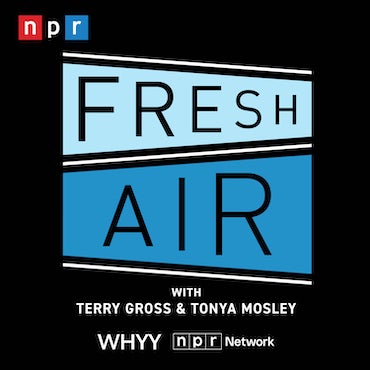Wilmington redistricting plan released
 School hallway photo via ShutterStock) " title="students-hall-169" width="1" height="1"/>
School hallway photo via ShutterStock) " title="students-hall-169" width="1" height="1"/>
(School hallway photo via ShutterStock)
A long-awaited plan released Tuesday proposes major changes to Wilmington’s education landscape.
The biggest item in the Wilmington Education Improvement Commission’s 162-page interim plan is a redistricting proposal that calls for one of the city’s four school districts to be dissolved into another.
Effective summer 2018, the Christina School District would cede its roughly 2,500 Wilmington students to the neighboring Red Clay Consolidated School District. Christina would continue to operate schools in and around Newark, Delaware, where most of its students live.
In earlier incarnations of the plan, the Colonial District was also slated to give up its share of Wilmington students to Red Clay. Colonial’s school board members balked at the idea, however, arguing their district was best suited to serve the less-than-300 Colonial students living in Wilmington.
The WEIC, which was formed by the Delaware legislature earlier this year, decided ultimately to leave Colonial’s boundaries unchanged. Still, the Commission registered its disapproval in the report, writing, “[T]he Commission believes that retaining that district’s current minimal role in the education of Wilmington students contributes to the continued fragmentation of governance.”
WEIC members have argued forcefully that Wilmington’s longstanding education woes stem in part from the city’s balkanized layout. There are four primary districts operating in the city, an arrangement that stems from a desegregation plan hatched decades ago. The New Castle County Vocational Technical District also has a school in the city. As of last school year, there were another 18 charter schools serving city students.
The Commission believes this scattered governance structure has harmed efforts to create a cohesive plan for the city’s roughly 12,000 public school students.
“The current fragmentation encourages competition and displacement among district, vocationaltechnical (vo-tech), and charter schools,” the report reads. “Cooperation, collaboration, and shared learning across the sub-systems are the exception rather than the norm.”
The WEIC’s interim plan also lays out how the redistricting effort ought to be paid for. The Commission suggests creating a weighted funding formula that would deliver more state money to low-income students and English language learners. It also recommends the state to create a transition fund to help fill any immediate budget shortfalls caused by the shift, and authorize districts to slightly increase property taxes if needed. In Delaware, districts are typically obligated to run any potential tax increases by their voters via referendum.
Finally, the Commission calls for the continuous, rolling reassessment of property taxes in New Castle County–a contentious and longstanding issue in Delaware’s most populous county.
The WEIC estimates the redistricting plan would create a roughly $6-million funding gap for Red Clay in the short term. Indeed there are deep concerns among Red Clay residents and leaders that the district would be unduly burdened if it absorbed Christina’s share of Wilmington students.
The interim plan now goes to the State Board of Education, which will take a first look at it this Thursday. The State Board will likely vote on the proposal in December. It would then need to be approved by the Delaware legislature before being enacted.
It has been 35 years since Delaware last redrew district lines in Wilmington, a city of roughly 70,000. Back then, the impetus was a 1976 desegregation order that also inspired a massive busing plan. Federal supervision of Wilmington’s desegregation efforts ended in 1996 and the busing plan was largely dismantled four years later. Still, the four-district arrangement endured.
The WEIC’s interim plan is also open for public comment, and can be read here.
WHYY is your source for fact-based, in-depth journalism and information. As a nonprofit organization, we rely on financial support from readers like you. Please give today.





